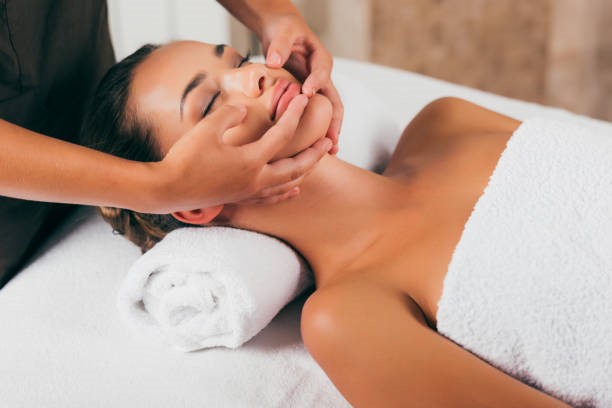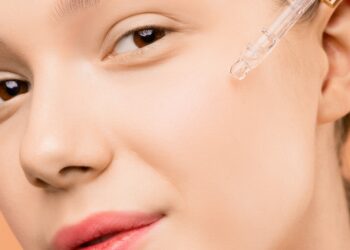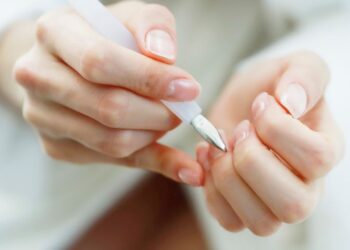If it’s due to the pandemic and the desire to do something at home, or the increase in celebrities sharing on social media, it’s clear that a DIY face massage is becoming an essential part of people’s skincare routines all over the planet. Massaging your skin once a day, whether with a gua sha tool, Kansa wand, or just your fingertips, has many benefits.
The question is how much those advantages should be extended—can it raise your skin or make you look younger? Can it really give your skin a long-lasting glow? We enlisted the assistance of two skin experts to help us distinguish the truth from the theories. Here’s what you need to know about the advantages of at-home face massages.
Face massage 101: At-Home

A massage anywhere on your body is designed to relax your skin, help your muscles rejuvenate, and increase blood circulation. When it comes to facial massages, the benefits are almost identical. A facial massage is intended to optimize lymphatic flow, tone your muscles, raise your skin, and increase skin suppleness. Although massages vary in how they are performed, the two most common are contouring massages, which are upward massages that smooth fine lines, relax, and strengthen skin, and lymphatic drainage massages, which help relieve water weight and puffiness.
The essentials to know before attempting a self-massage face massage
Like for every new beauty product or medication, it’s best to take it gently at first, regularly testing your skin along the way. Start with a few days per week and gradually increase. Clean your face softly, not violently. Massage gently upwards and towards the lymphatic draining areas. If you have active acne or if your skin is susceptible to breakouts. If you have a lot of comedones or a propensity for acne, don’t do this daily so you may end up with more zits rather than less. It will start a purging operation.
Pretend to draw a line from the top of your head to your stomach, then massage from the top of your head down towards your core to open your watershed line, then massage from the center of your forehead out towards your face, then massage your cheeks from the nose out towards your ears, and finally massage down on the chin and throat. After massaging, it is best to ice the ears.
What to Expect After a Facial Massage at Home
A face massage will support your skin in a variety of ways, with immediate results. Skin seems to be more soft, supple, dewy, and moisturized. Your skin can also seem to be more sculpted and radiant. Even, if you’re nervous, you probably have a lot of anxiety in your face; it will ease it and make you feel calmer. If you’re always tense in her facial muscles, a face massage can be extremely beneficial.
We frown, grin, and chat all day, and the masseter muscle, which stretches from the cheekbone to the lower jaw and brings the teeth back together, is our best muscle in the body. Facial relaxation relieves muscle pain, which can induce wrinkles and headaches.
What not to get from a facial massage at home
Contrary to common opinion, a DIY face massage is not the solution to permanently sculpted, youthful skin. It will not protect the skin from aging, nor will it be the solution to avoiding lines and wrinkles. A do-it-yourself face massage would not eliminate all sagging. It provides the skin with a soft, short-term boost that is very mild. It is not a replacement for fillers, Botox, lasers, RF, Ulthera, or threads.
Pros emphasize that for extreme, drastic effects, you can need to do something more powerful than massage. Using a gua sha or roller at home provides the skin with a mini-workout by stimulating blood circulation, which improves the amount of oxygen and nutrients to the skin. However, since the results are unable to penetrate the dermis, it may not necessarily be able to promote or improve elastin/collagen development.
Pros emphasize that for extreme, drastic effects, you can need to do something more powerful than massage. Using a gua sha or roller at home provides the skin with a mini-workout by stimulating blood circulation, which improves the amount of oxygen and nutrients to the skin. However, since the results are unable to penetrate the dermis, it may not necessarily be able to promote or improve elastin/collagen development.




